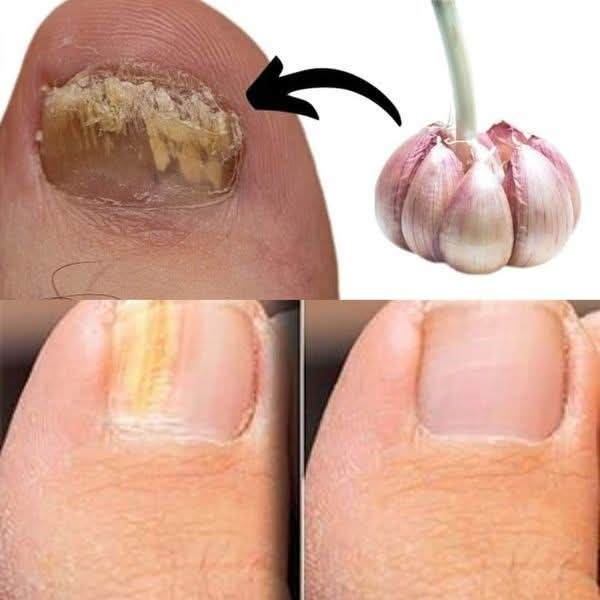Tired of Stubborn Nail Fungus? Exploring Fast-Acting Solutions
Nail fungus, or onychomycosis, is a common infection that can be a real pain – literally and figuratively. It not only affects the appearance of your nails, making them thick, discolored, and brittle, but it can also cause discomfort and even pain. If you’re searching for a solution that works fast, you’re not alone. Let’s dive into some effective strategies for tackling nail fungus head-on and reclaiming healthy, beautiful nails.

Understanding the Enemy: Nail Fungus Basics
Before we explore the best approaches, it’s helpful to understand what we’re dealing with. Nail fungus is caused by microscopic organisms that thrive in warm, moist environments. These fungi can enter through tiny cracks or cuts in your nail or surrounding skin.
Why is Nail Fungus So Persistent?
One of the reasons nail fungus is so challenging to treat is because it lives deep within the nail bed, making it difficult for topical medications to reach. The slow growth rate of nails also means it takes time to see results, regardless of the treatment you choose.
- Fungi thrive in dark, moist places.
- They feed on keratin, the protein that makes up your nails.
- Treating nail fungus requires persistence and patience.

Who is at Risk for Nail Fungus?
While anyone can get nail fungus, certain factors can increase your risk:
- Older age (nails become more brittle and susceptible)
- Diabetes
- Weakened immune system
- Poor circulation
- Excessive sweating
- Wearing closed-toe shoes for extended periods
- Nail injuries

Potent Treatment Options for Faster Results
While complete eradication of nail fungus requires dedication, some treatments work more quickly than others. Keep in mind that results vary from person to person, and what works well for one individual may not work as effectively for another. Consult with your doctor or a dermatologist before starting any new treatment.
Prescription Antifungal Medications (Oral)
Oral antifungal medications are often considered the most effective treatment for nail fungus. They work by attacking the fungus from within the body, allowing for quicker and more complete eradication. Common medications include terbinafine (Lamisil) and itraconazole (Sporanox).
- Pros: High success rates, target the fungus systemically.
- Cons: Can have side effects (liver problems), require monitoring by a doctor.

Prescription Topical Antifungal Medications
Topical medications, such as efinaconazole (Jublia) and tavaborole (Kerydin), are applied directly to the affected nail. While they may take longer to work than oral medications, they offer a lower risk of side effects. Consistent application is crucial for success.

Laser Treatment for Nail Fungus
Laser treatment is a relatively new option that involves using laser energy to kill the fungus. It’s generally considered safe and effective, but multiple sessions may be required. The cost can also be a factor, as laser treatment is often not covered by insurance.

Home Remedies and Over-the-Counter Options: A Supporting Role
While not always as effective as prescription medications, certain home remedies and over-the-counter treatments can help manage symptoms and potentially speed up the healing process. These may include:
- Tea Tree Oil: Has antifungal properties.
- Vinegar Soaks: Can inhibit fungal growth.
- Urea-based products: Help soften the nail and allow other treatments to penetrate more effectively.

Prevention is Key: Keeping Nail Fungus at Bay
Once you’ve successfully treated your nail fungus, it’s important to take steps to prevent it from returning:
- Keep your feet clean and dry.
- Wear breathable socks and shoes.
- Trim your nails straight across.
- Disinfect nail clippers and files regularly.
- Avoid walking barefoot in public places.
- Consider using antifungal foot powder.

Conclusion: Taking Control of Your Nail Health
Dealing with nail fungus can be frustrating, but with the right approach, you can achieve faster results and reclaim healthy, beautiful nails. Remember that prescription treatments often offer the most potent solutions, but home remedies and preventative measures can play a supportive role. If you suspect you have nail fungus, consult with a healthcare professional for proper diagnosis and personalized treatment recommendations. Don’t delay – taking action is the first step towards fungus-free nails!
